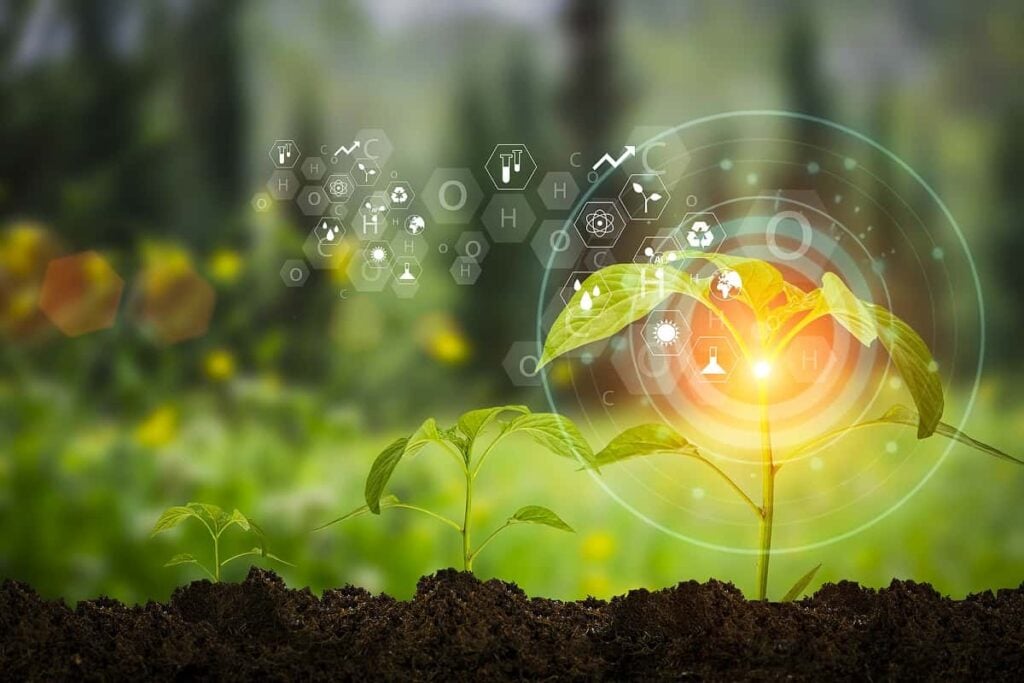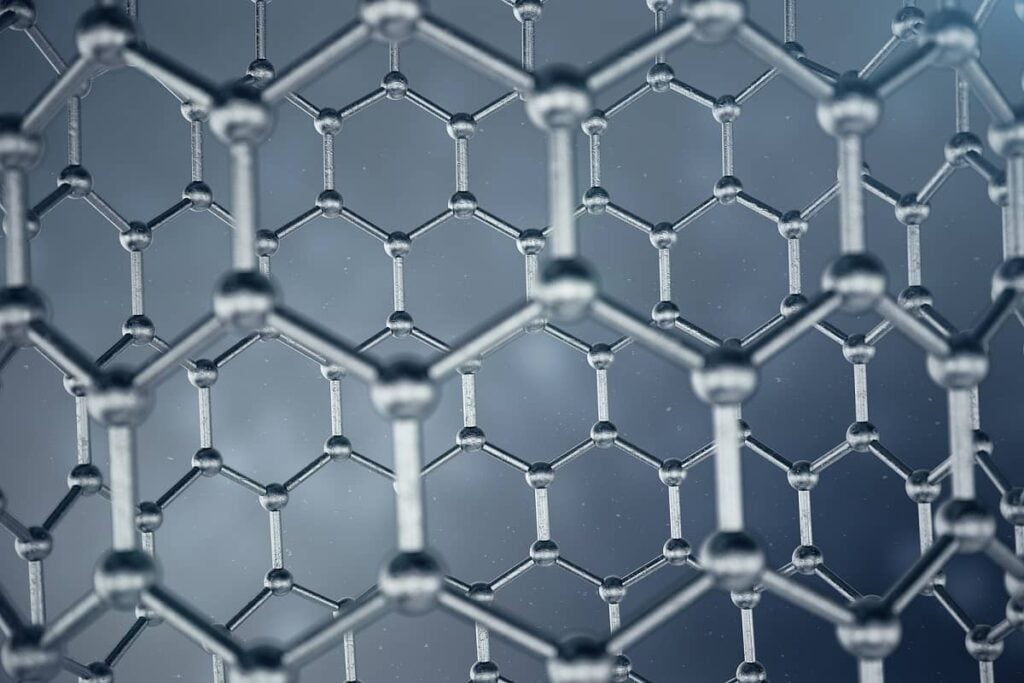Graphene Nanochem: Palm Oil, Biodiesel, or Graphene?
Table of contents

In an earlier article titled “Investing in Graphene“, we noted that there are few opportunities for public investors to invest in this exciting new material. In another article, we also highlighted a company called Graftech which does not appear to be the graphene pure-play many discuss it to be. There is, however, a little known UK company that claims to have a low-cost method of producing graphene from natural gas or bio-methane.
About Graphene Nanochem
Graphene Nanochem was formed in March 2013 through the reverse merger of two companies; Biofutures International and Platinum Nanochem. This newly formed entity then floated on the London Stock Exchange in March 2013 with the share price having performed very poorly since the float leaving the company with a present-day market cap of 143 million USD.
Biofutures International PLC (BIP)
BIP is a company that refines palm oil. A statement taken from BIP’s website on the company strategy is as follows:
BIP was first floated on the AIM Market in the UK with the intention of investing in the manufacturing of biodiesel derived from palm oil (“Biodiesel Project”). Market conditions began to change rapidly and adversely against the whole biofuel industry and challenged the viability of the Biodiesel Project prior to its full implementation by Zurex. The Group’s current strategy is to proceed to set up a plant for the refining of palm oil in Lahad Datu, Sabah, Malaysia. and to maintain the flexibility to produce biodiesel should it become economically viable to do so.
The newly formed company, Graphene Nanochem, reports their 2012 revenues in GBP as seen below:
It would appear that the financials from both of these merged entities have not yet been consolidated and that Biofutures relies almost solely on the refining of palm oil for revenues. In this same report, the following statement is made:
In 2012, the utilisation of the Biofutures group’s refinery was limited to less than five per cent.
This extremely low utilization was attributed to a pronounced slump in the Malaysian palm oil refining industry in 2012.
Platinum Nanochem
According to Graphene Nanochem’s new website, the following statement is made about Platinum:
In 2011, the Platinum Group started servicing the local fuel additives market, supplying to three Tier-1 oil and gas companies from Platinum Nanotek Park I located in Senawang, West Malaysia before expanding its market into the EU in 2012. In 2011, Platinum NanoChem initiated the commercial production of graphene nanomaterials at Platinum Nanotek Park I and focused on developing applications of graphene in high performance chemicals.
In looking at Platinum’s website, it appears they produce a biodiesel product called PlatAmber. A press release this month announced that Platinum NanoChem has been awarded a three-year contract with Chevron Malaysia for the supply of PlatAmber, the group’s biofuel product derived from palm waste for the Malaysian market.
Platinum also provides a technology referred to as the Catalyx Process which enables the low-cost mass production of graphene nanomaterials through a chemical synthesis process.
Business Lines
There appears to be three revenue streams produced by these two merged entities; palm oil refining, graphene production, and biodiesel production. These three business lines may have synergies. When the financial statements from both these entities are consolidated so that investors can see what revenues are derived from each of three business lines, it will become much more clear to what extent Graphene NanoChem is a play on the graphene story.
Sign up to our newsletter to get more of our great research delivered straight to your inbox!
Nanalyze Weekly includes useful insights written by our team of underpaid MBAs, research on new disruptive technology stocks flying under the radar, and summaries of our recent research. Always 100% free.


















Interesting write up and you are right to be quite doubtful about how much it is a play on the graphene story. As a shareholder of Graphene Nanochem, I know little more about the company. So I thought I might post my thoughts on this on the three business lines. I invested in this company, not because it is a graphene play but mostly as a biofuel play as the markets in the EU, USA and Malaysia will get larger.
As you pointed out, this company produces biofuel called PlatAmber solely for Malaysian market and PlatClear which is in the European Union market and should they complete the registration as registered fuel supplier to the US Environmental Protection Agency, they would be able to sell in the US market as well. Due to this, it is clear that the by far, the largest revenue for this company would be the sales of PlatAmber and PlatClear.
I think Biodiesel production should be called Specialty Chemical instead as they might deliver a drilling fluid called PlatDrill to Scomi Group in this summer. PlatQuat which is a surfactant is due to be launched toward the first quarter of 2014 in the oleochemical market. Which may generate more revenue. How much though is not known. Nevertheless, the Specialty Chemicals which also include biofuels should account for the largest percentage of the revenue.
As for palm oil refining, they are meant to recommence refining operations at the Zurex Refinery n last month, I believe it will not produce much revenue as the Specialty Chemicals
And lastly, the Graphene production. You need to be aware that while they do have a process which enables the production of graphene nanomaterials at low cost, they have no plan to become a volume supplier of Graphene to third parties but strictly for their own use. PlatDrill according to the company is enhanced by Graphene. So it is mostly linked with the specialty chemical businesses for now.
Meanwhile, they are also hoping to develop its advanced nanomaterials business, focusing on engineering plastics, enhanced composites and renewable energy components which would be linked to Catalyx process but I do not believe they will make any revenue from it yet. My best guess is they may get revenue from advanced nanomaterials business as they are hoping to launch a Graphene enhanced engineered plastics proppant for use in the shale oil and gas industry in 2015 which is linked to the Fracturing Fluid called PlatQuat.
So I concluded that this business is not really a play on the graphene story but there is a potential there to become one in the future, especially if their nanomaterials businesses and any graphene enhanced specialty chemicals should develop into a major percentage of the revenue. As the SimPlat Process does not have any links with the graphene but a way to produce esters from waste products which then used for Plat Amber, PlatClear, PlatDrill and PlatQuat.
Hope it shed some more light on Graphene Nanochem.
Cheers,
Joe
That’s a great analysis Joe, thank you. I think the chosen name of the company may be a bit misleading for investors looking for exposure to graphene but there may be promise in the future depending on the direction they take. The core refining business only having a 5% utilization is concerning. Do you have any take on the revenue potential for Graphene Nanochem if the palm oil slump subsides and the Company increases utilization to 50% or higher?
In looking at your site you’ve done quite a bit of research on this company as well as many others so will look forward to seeing how the remainder of the year progresses.
Best regards,
Joe